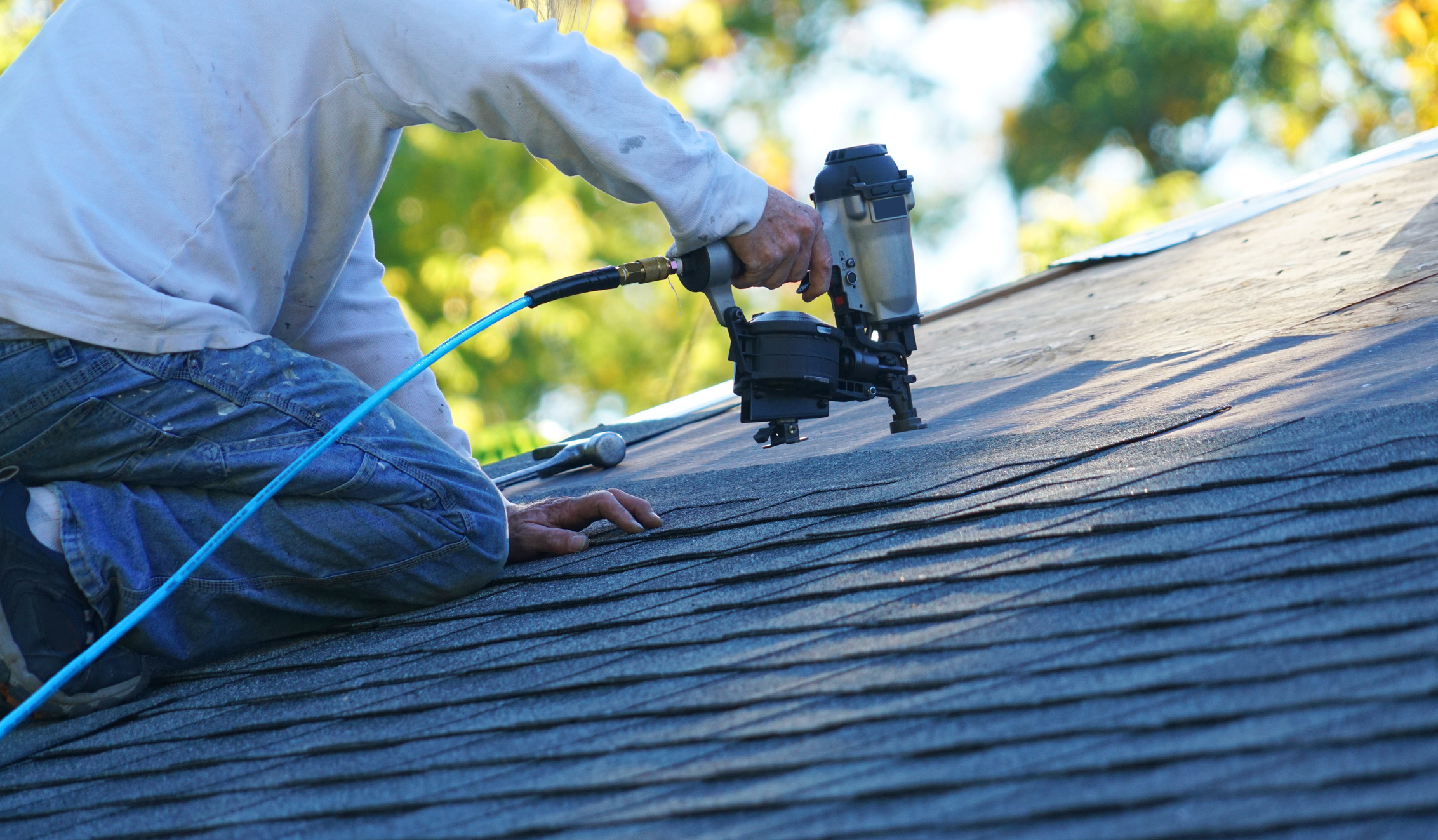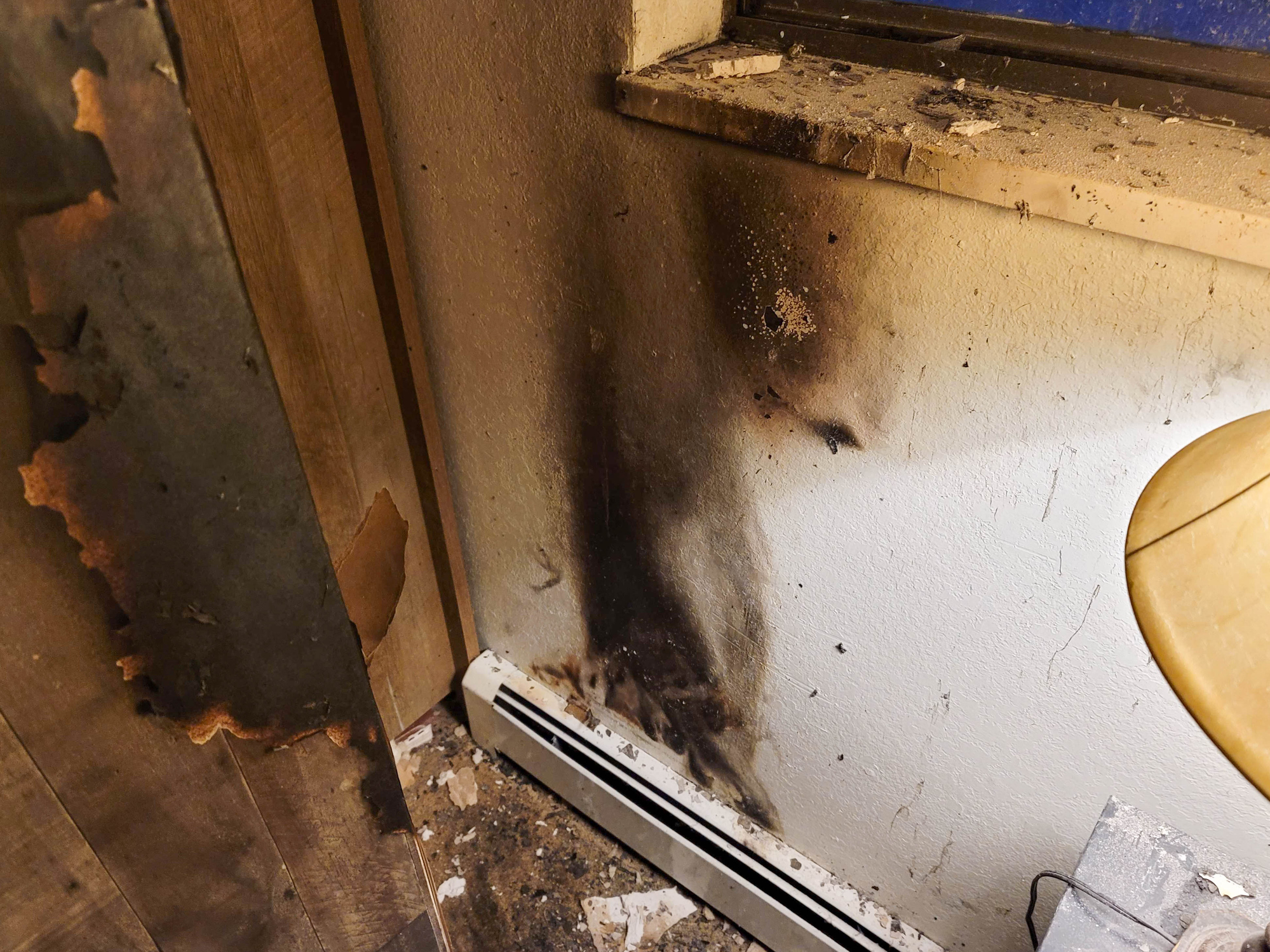Roof emergencies can happen at any time, often without warning. Whether it’s due to severe weather, fallen trees, or sudden leaks, knowing how to handle emergency roof repairs can save your property from extensive damage. Here are some steps to follow:
Stay Safe: Your safety is the top priority. Avoid going on the roof during bad weather or in the dark. Wait until it’s safe to assess the damage. Roof repairs can be dangerous, especially during adverse weather conditions. Ensure that you and your family or employees are safe and secure before attempting any repairs.
When assessing roof damage, use binoculars to inspect the roof from the ground if possible. Avoid climbing onto the roof unless it is absolutely necessary and safe to do so. If you need to access the roof, use proper safety equipment, such as a harness and sturdy ladder, and have someone assist you.
Temporary Fixes: If you can safely access the roof, use tarps or plywood to cover any holes or damaged areas temporarily. This can prevent further water intrusion until professional help arrives. Temporary fixes are essential to minimize additional damage and protect the interior of your property.
When securing a tarp, ensure that it covers the damaged area completely and is anchored securely to prevent it from blowing away in the wind. Use roofing nails or screws to fasten the tarp, and weigh down the edges with bricks or sandbags if necessary. Plywood can be used to cover larger holes or structural damage, providing a temporary barrier against the elements.
Document the Damage: Take photos and videos of the damage for insurance purposes. Detailed documentation can help with your insurance claim and ensure you get the coverage you need. Accurate records of the damage and any temporary repairs you make will support your case when filing an insurance claim.
When documenting the damage, capture multiple angles and close-up shots of the affected areas. Include photos of any interior damage caused by the roof leak, such as water stains, damaged furniture, or wet flooring. Keep a record of the date and time of the damage, as well as any actions you take to mitigate further damage.
Contact a Professional: Call a professional roofing contractor as soon as possible. Emergency roof repairs require expert handling to ensure the job is done correctly and safely. Professional roofers have the experience, tools, and materials needed to address emergency roof repairs effectively.
When choosing a roofing contractor, look for a reputable company with experience in emergency roof repairs. Check for proper licensing, insurance, and certifications, and read customer reviews to ensure you are hiring a reliable and trustworthy professional. Promptly contacting a professional roofer can help prevent further damage and expedite the repair process.
Insurance Claim: Notify your insurance company about the damage and start the claims process. Provide them with the documentation you collected. Your insurance company will guide you through the steps needed to file a claim and may send an adjuster to assess the damage.
When communicating with your insurance company, be prepared to provide detailed information about the damage, including the cause, extent, and any temporary repairs you made. Keep copies of all correspondence, including emails and letters, and take notes during phone conversations. Follow your insurance company’s instructions carefully to ensure a smooth claims process.
Preventive Measures: After the emergency repairs, consider taking preventive measures to avoid future issues. Regular roof inspections, maintenance, and addressing minor issues promptly can extend the life of your roof. Preventive measures can help you identify and address potential problems before they escalate into emergencies.
Schedule regular roof inspections with a professional roofer to assess the condition of your roof and identify any areas of concern. Keep gutters and downspouts clean and free of debris to ensure proper drainage and prevent water buildup on the roof. Trim overhanging branches and remove any debris that could cause damage during storms. By proactively maintaining your roof, you can reduce the risk of future emergencies and ensure the long-term integrity of your property.
By following these steps, you can effectively handle emergency roof repairs and minimize the damage to your property. Remember, professional help is crucial in these situations to ensure the safety and integrity of your roof. Taking prompt and appropriate action can make a significant difference in the outcome of emergency roof repairs, helping you protect your property and restore normalcy as quickly as possible.












